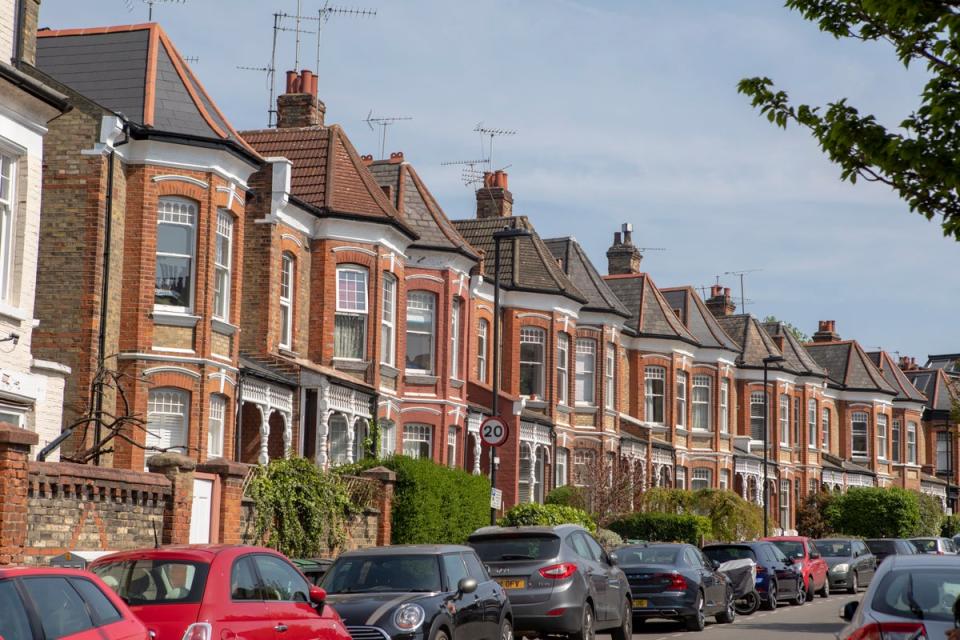Comment: stamp duty holiday aftermath will sear itself into property DNA of a generation

The end of this month marks two years since Rishi Sunak’s stamp duty holiday was wound down, causing home sales to spike and UK house prices to soar.
Given the number of times I wrote the phrase “buying frenzy” during that period, perhaps a smidgen of caution might have been advised as people stretched budgets as far as they could, lulled into complacency by a market that never crashed and a base rate that seemed to hover just above zero.
But, constrained in almost every other part of their lives and saving on costs like commuting and the pub, it’s understandable that people were keen to jump in and buy.
The mortgage industry also believed itself safe, with its strict affordability checks, which baked in a potential three per cent rate rise to every mainstream loan.
What it didn’t predict was the current scenario in which someone who might have borrowed at as little as 0.95 per cent interest could be looking to remortgage at 5.64 per cent.
And in a market predicated on “buyer beware”, there was no other voice of restraint for buyers to turn to, so geared is the housing market towards churn.
Every generation has its financial scar that dictates how they behave towards money forevermore — the Nineties double-digit interest rates, the 2008 financial crash.
Staring down the barrel of a predicted mortgage burden increase of £1.4 billion by 2026, with £6,500 added to the average London mortgage this year, the stamp duty holiday’s cotton anniversary is set to sear itself into the property DNA of a new cohort.

 Yahoo Sport
Yahoo Sport 





































